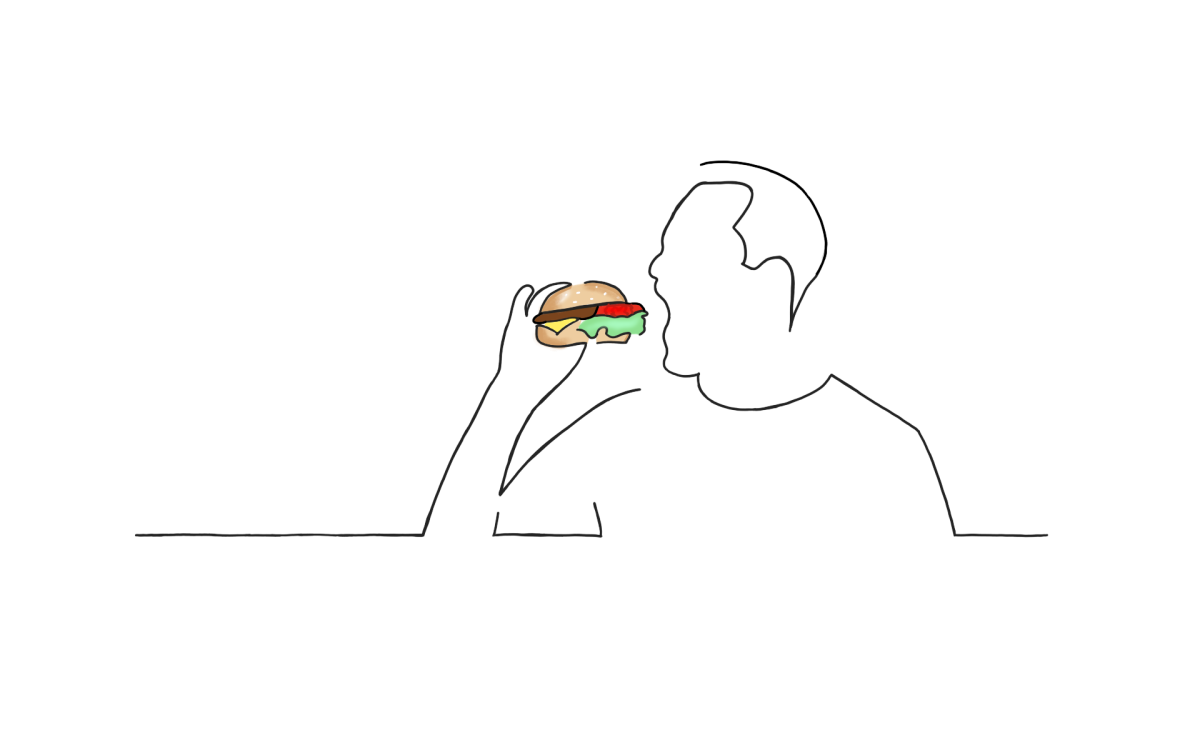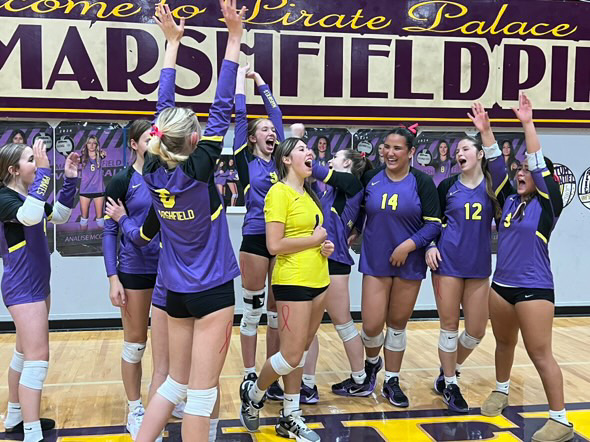High stakes testing, in the form of the Smarter Balanced Assessment Consortium, (Smarter Balanced) began in March for Coos Bay Schools.
Smarter Balanced is the new state-wide testing replacing the Oregon Assessment of Knowledge and Skills (OAKS) testing used for multiple years in Oregon. According to smarterbalanced.org, in 2010 the U.S. Department of Education sought to initiate an assessment that aligned with the Common Core State Standards (CCSS), which are nation-wide standards for students to learn and teachers to teach, by the 2014-15 school year. Testing coordinator Brenda Landrum said the CCSS are built into the Smarter Balanced test.
“The test is designed for students to know where they’re at,” Landrum said. “It shows them what areas they know and what they don’t know.”
The Smarter Balanced assessment is required for third through eighth graders to take each year and then once again in the eleventh grade. According to Landrum, unlike the OAKS test, the Smarter Balanced assessment can only be taken one time each year. This, along with the level of difficulty of the test, has created much concern among students, teachers, administrators and parents.
Landrum said Marshfield administration is concerned about possible poor results.
“The predicted passing rate is 20 percent,” Landrum said.
Senior Maria Caldwell recently had the opportunity to look at a sample Smarter Balanced assessment at the third grade level, and she said she was surprised by the level of difficulty involved in completing the required tasks.
“I don’t understand how third graders are expected to know the information on that test when I don’t even know it,” Caldwell said.
Landrum said the Smarter Balanced test is helping teachers increase the difficulty of the curriculum they teach.
“This test is raising the bar for the teachers and what they need to be teaching students so they can be at the same level,” Landrum said.
Landrum also said the level of difficulty for teachers and students may cause Smarter Balanced to be short-lived.
“I think we will only have this test here for three years because that’s the contract we signed, and then after that I think it will be changed,” Landrum said.
If a high school student does not meet the requirements of the test, there are several alternatives for them to complete to still meet graduation requirements. One option, according to Landrum, is through classroom work samples, and another option can be met through students attaining certain SAT or ACT test scores.
Oregon is not the only state using Smarter Balanced for testing the CCSS. Twenty one other states use it as well with others soon to be following. Additionally, there are multiple parts to the test. While the OAKS test had separate reading and writing tests, Smarter Balanced has an English/Language Arts (ELA) test and a math test, which are predicted to take students about four and a half hours each to complete.
Math teacher Tammie Montiel said she believes it will bring knowledge to students and further their education.
“I like Smarter Balance because it gives the kids a good measure to where they’re at in terms of math and how far they are,” Montiel said. “It’s also not a bad thing to have this test because you can learn from it.”
According to Montiel, since the state switched to the common core standards and changed their curriculum, students are learning subjects sooner rather than later.
“Now students learn Geometry as freshmen and Algebra as eighth graders,” Montiel said.
However, eighth grader Erin Sharp said she does not like the Smarter Balanced testing.
“The math part of the test is stuff that I didn’t learn or don’t remember learning, and we don’t find out our scores on the test until the following year,” Sharp said.
English teacher Kelly Haut said the test could have a negative impact but could also be beneficial.
“If we as teachers are evaluated by the number of students that pass, especially in early years, we will be in trouble,” Haut said. “But, if it is used as a tool to show students where their energy and skills need to be, and it causes more students to come to class and be productive, it could be good.”
Some teachers are on the fence about this test and others are sure it will have a positive impact.
“This seemingly negative test could produce a positive outcome,” Haut said.























